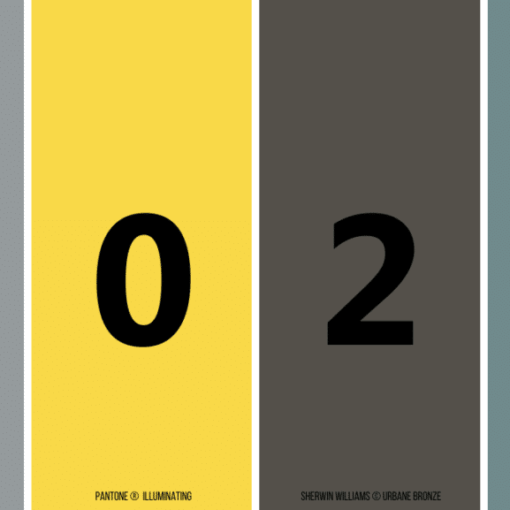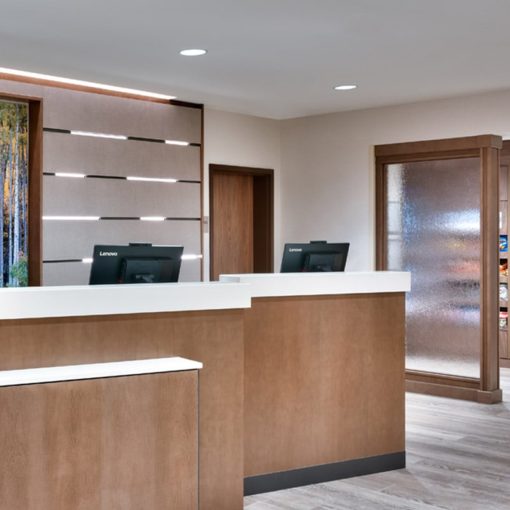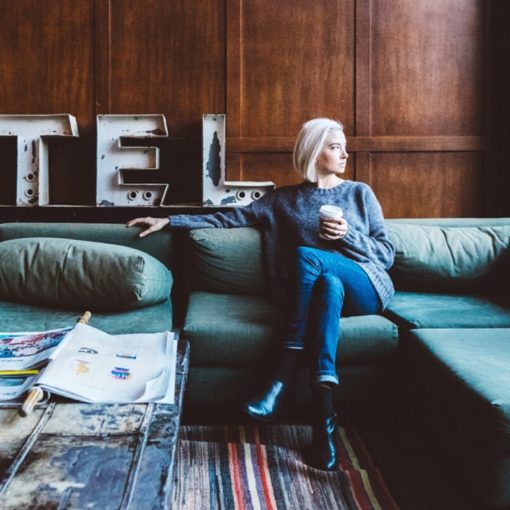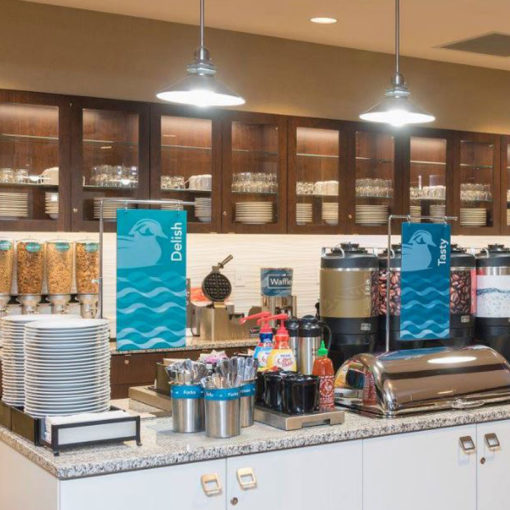How an Interior Designer Selects Hotel Casegoods
Casegood selection is integral to your hotel’s overall design. Depending on its complexity and the expectations of your hotel brand, an interior designer will make informed decisions on casegoods tailored to the design concept and narrative for the project as a whole.
In this blog, you will learn how Innvision Design Studio selects hotel casegoods and the many considerations that go into making them a perfect fit.
Hotel Casegood Selection
An interior designer takes six key steps when selecting and designing hotel casegoods.
1.) Establish a design concept and narrative for the project as a whole.
2.) Design the key casegood elements of typical room types while developing the guestroom layouts.
3.) Collect inspiring imagery, draw floor plans and elevations, and sketch perspectives.
4.) Determine the types of materials for the casegoods that align with the design narrative and meet the hotel brand requirements.
5.) Be mindful of client budget expectations.
6.) Develop the remaining pieces for all other room types once the key pieces are designed.

An Interior Designer’s Professional Considerations
The design and selection process for casegoods is nuanced. For example, an interior designer must consider location, brand, and even electrical requirements.
Location
Location is a key factor since certain materials do not perform well in some climates.
For example, beachfront properties should avoid plated finishes due to corrosion. In beachfront locations, we use metal with powder-coated finishes, preferably powder-coated aluminum.
Brand Requirements
Innvision works with a large variety of hotel brands. Many midscale to upscale brands allow materials such as high-pressure laminate (HPL) or thermally-fused laminate (TFL) for casegoods. For brands higher up the chain scale, the requirements rise accordingly. Full-service and lifestyle brands usually require wood veneer casegoods with solid hardwood edges. Glass or stone tops for nightstands and desks may also be required. When an interior designer knows the requirements at the start of the design process, it saves time and money.
Electrical Requirements
An increasing number of hotel brands and clients want their guestroom casegoods to incorporate electrical components for guest convenience. This could include USB outlets, power receptacles, wireless charging stations, or lighting. Coordinating these elements while designing the guestroom is crucial to ensure the room has the necessary electrical wall outlets in the right spots for all furniture power elements.
On new-build projects, Innvision Design Studio works with the architect and electrical engineer in the earliest stages to align electrical access in the walls, floors, and ceilings with desired furniture power locations. For a hotel renovation, we discuss existing electrical placements and to what extent a hotel owner might be willing to relocate or add outlets for the new design. After finalizing those decisions, ID Studio will create a casegood design to work within the constraints of the existing building and the scope of the renovation.
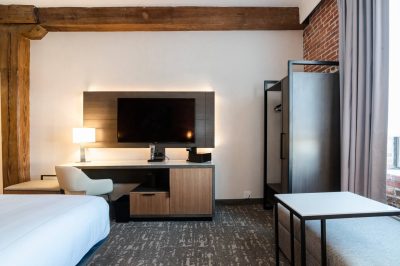
Innvision Design Studio possesses a wealth of experience in custom-designing casegoods. Our design and procurement teams collaborate and communicate throughout the process. This helps us recommend the best manufacturers for a project based on materials, design, project location, budget, and timeline. To learn how we can help make your next hotel project a success, connect with us!
